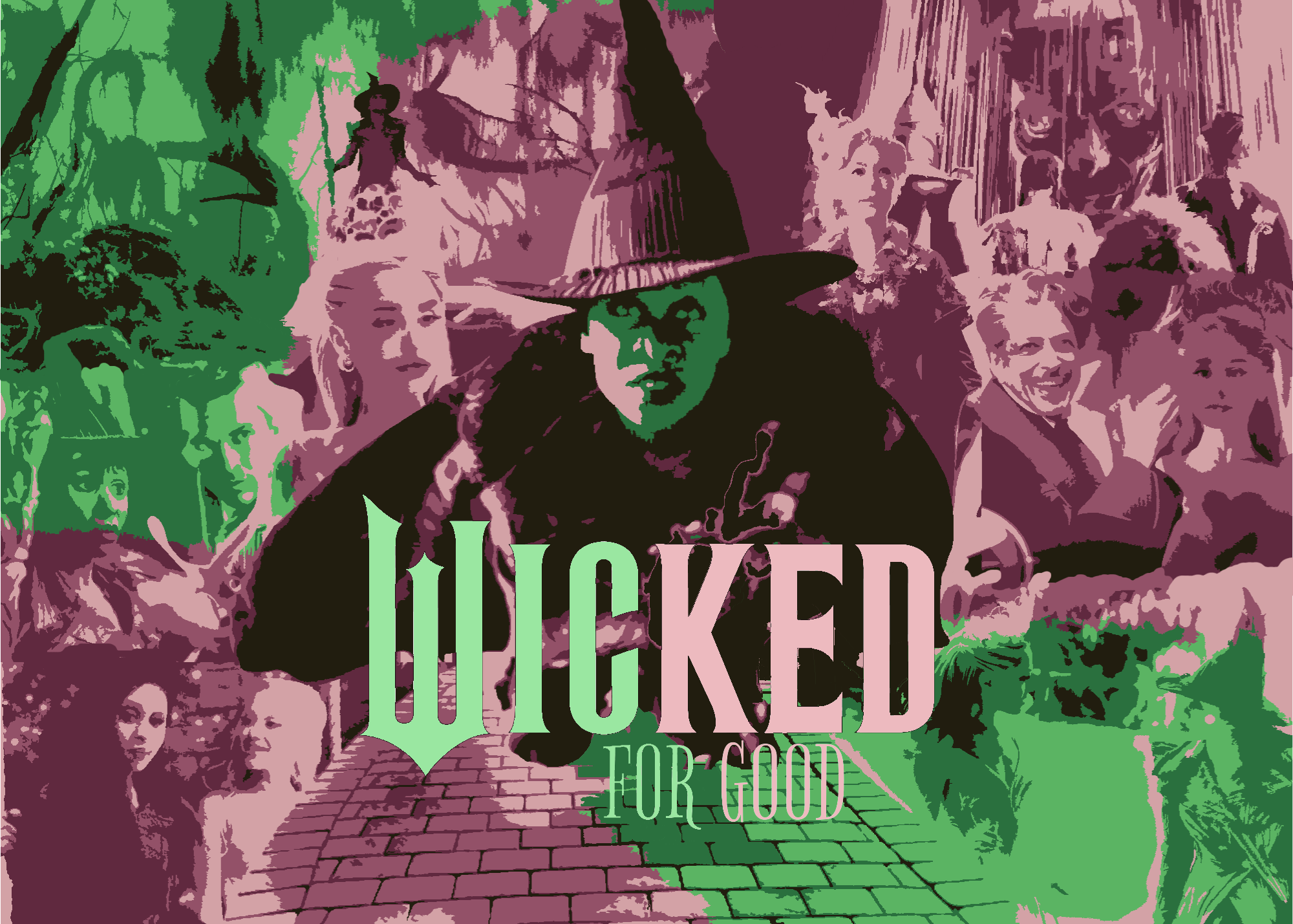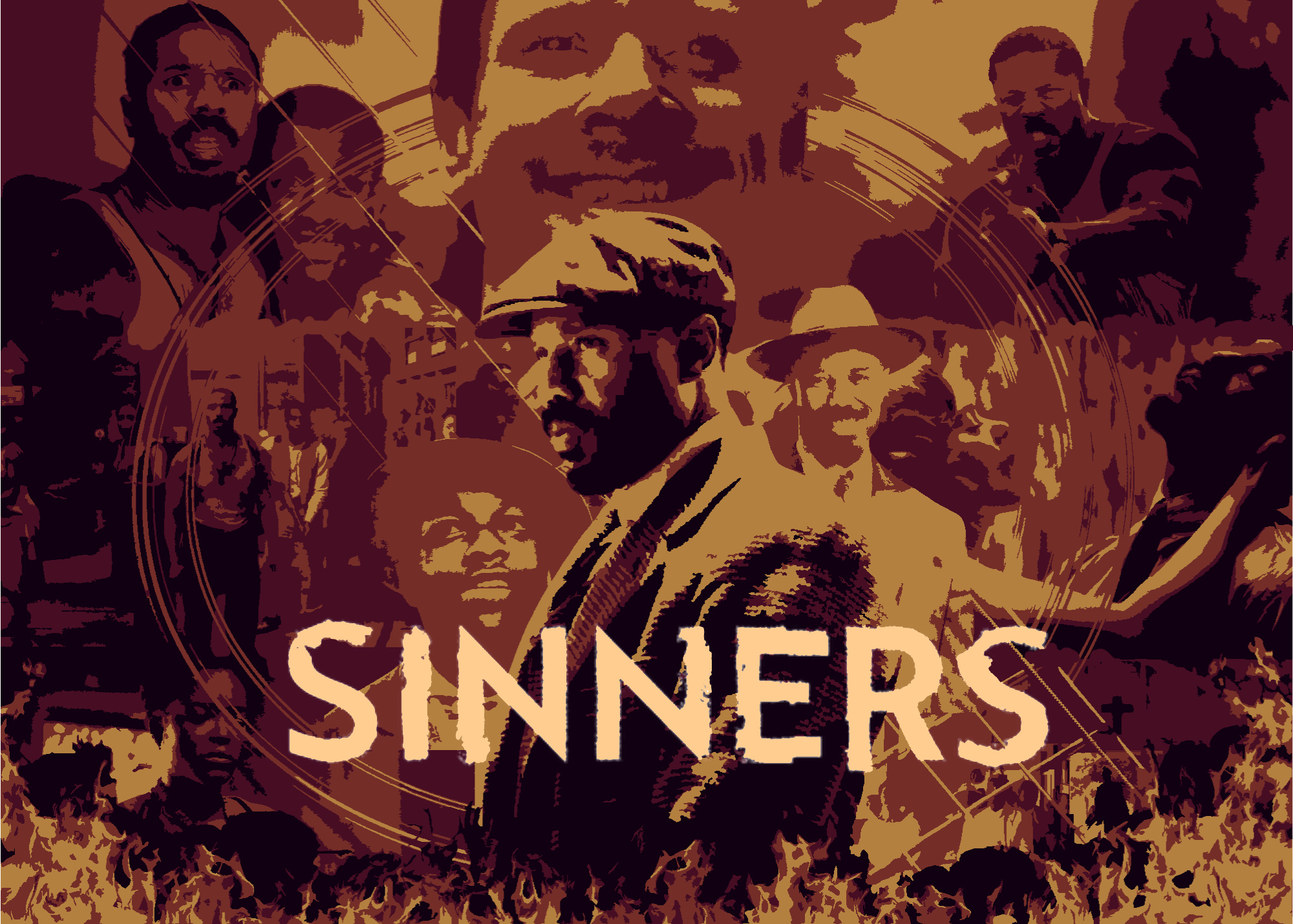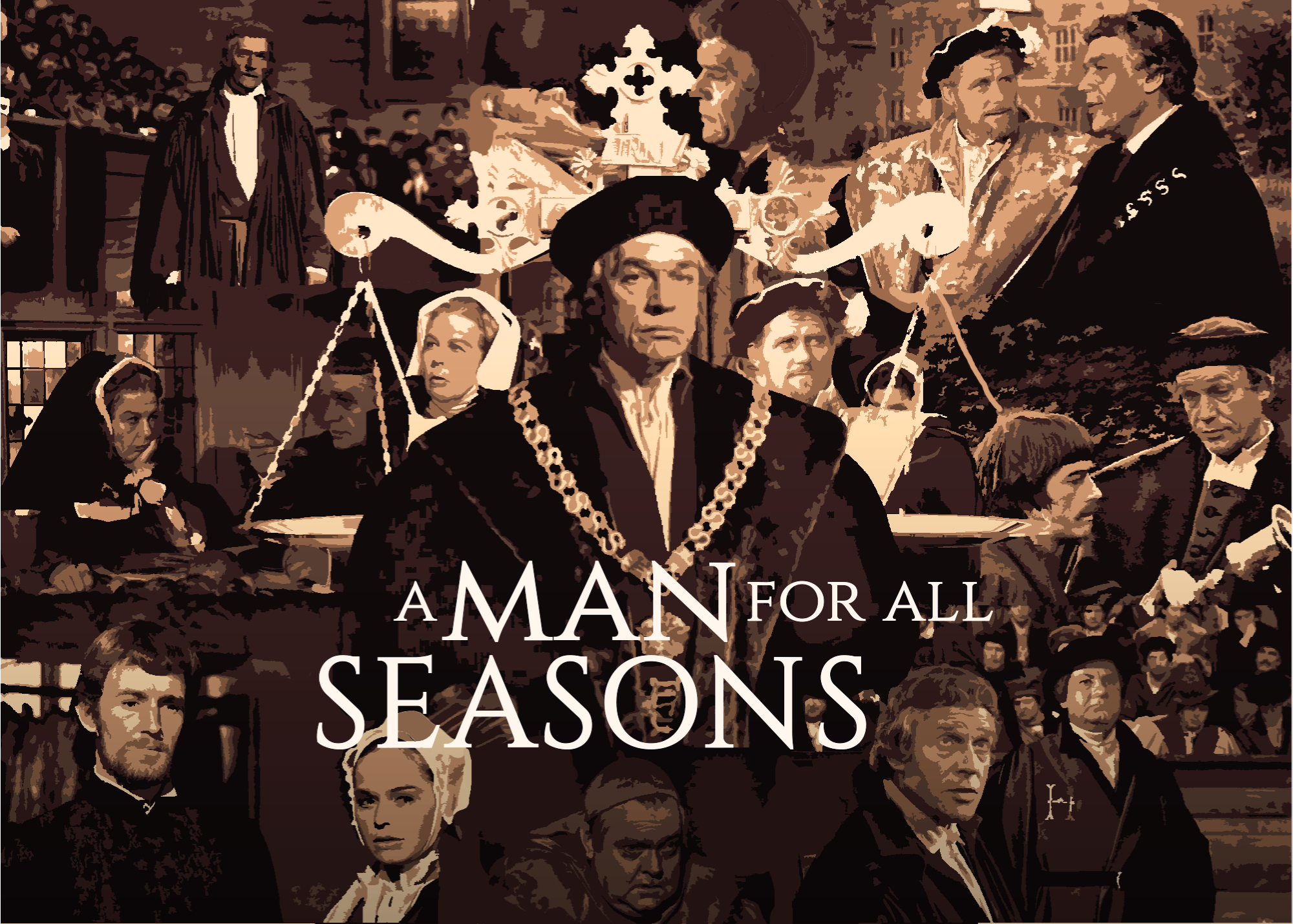"Scream" Retrospective: A Welcome Convenience To Horror's Imperfect Existence
If you don't read this review, I'll gut you like a fish.
RetrospectiveDanny Rolling grew up in Shreveport, Louisiana. His father, James, was a police officer, someone who could abuse, leave no marks, and exploit his position to avoid accountability. He once beat Danny’s dog so mercilessly that it died in the young boy’s arms. During his childhood, Danny got arrested several times and eventually attempted suicide.
His mother, Claudia, suffered a failed suicide attempt due to James' abuse. She frequently left but always returned, Danny in tow.
In August 1990, Danny murdered five college students in Gainesville, Florida. He would break in by prying entrances open before butchering (and often raping) the victim. Save one, the victims were all female and white with dark hair and eyes, exactly like his mother.
Four years after his arrest, Rolling pleaded guilty to all charges. Kevin Williamson saw a news story following the trial before discovering an open door in his house, inspiring an idea for a story about a young woman who receives a call from a deranged intruder before falling victim to a masked attacker. Struggling to pay bills and three months behind on rent, Williamson locked himself in a Palm Springs apartment and developed the initial treatment into a feature-length screenplay, which he named Scary Movie.
He spent the next 72 hours pounding a typewriter with little sleep. He sent it to his agent, who shopped it around. Suitors quickly lined up, the most desirable being Bob Weinstein, head of Miramax. A horror fan, Weinstein appreciated Williamson’s acerbic interpretation of the genre. He bought the screenplay (and the contract for two potential sequels) for $400,000.
Director Wes Craven heard about Scary Movie and was interested, but he missed the bidding war and thought the opportunity had passed. After considering his fans’ desire for him to do something “kick-ass,” he came on board.
Despite the pedigree of its director and excitement for the screenplay, studios were reluctant to back the artistic vision for a film that seemed destined to fail. The slasher genre had suffered a slew of direct-to-video films or lackluster theatrical releases that relied on clichés instead of reinventing the wheel. Scary Movie was a send-up of tropes, a tongue-in-cheek embrace of everything that defined the genre while using that same embrace to undermine it entirely. It was now a matter of getting the right people on screen.
Drew Barrymore read the screenplay, approached production, and quickly signed to play the lead role of Sidney Prescott, but outside commitments limited her availability. She asked to play Casey Becker, the girl tormented by a stranger's phone call in the opening scene. The choice was controversial among executives: the production team, Barrymore included, had to fight for such a massive star to get killed off in the opening sequence. Horror films usually drew critical loathing and low box office returns. Scary Movie, now titled Scream, was already a risk for the studio; killing off the one star, who landed on their doorstep like a gift from God, would not do. In the end, art beat business. Barrymore would play Casey, and she would die.
It was the best decision in horror history.
A creepy voice calls the Becker home as Casey waits for her boyfriend, Steve. Although initially friendly, he slowly becomes sinister, first through thinly veiled slips relaying his presence just outside the house and then through the reveal of his intentions. He butchers Steve, blaming his demise on Casey thanks to a “trick” question. He calls just as Casey picks up the phone to call for help and taunts her before planting the seed of her impending death in the most gruesome way imaginable: “I want to see what your insides look like.”
The mad dash through the house, from the killer’s haphazardness to Casey’s zig-zagging between instinctive smarts and the fear that dooms her to brutality, tells us something: everyone is a person, none more powerful than another. It’s simply about who gets and keeps the upper hand.
It helps to have a knife in that hand.
As Casey got dragged through her backyard, her raspy breaths sounding through the landline of her parent’s country home as they frantically searched for their daughter, one thing became clear. Death was near: star power be damned. When we next see her, Casey is hanging, disemboweled, from a tree, her mother’s scream sounding out through the night.
She was dead. The star was dead. Anything was possible. Anyone could die.
We did not know who, but someone had taken their love of scary movies one step too far: solving this mystery was going to be murder.
Horror films rarely have stakes because we know what's coming. We know one girl will walk away alive if not wholly unscathed; the boyfriend will die; the parents can never be the heads of an ordinary American family.
Williamson does not shy away from the reality that inspired his screenplay; that authenticity gives Scream the depth that revived a genre. It's rife with shots of open windows and doorways, all the seemingly innocuous cracks through which evil can slither into our midst and gut us before we realize anything is amiss, just like Rolling. Billy’s unresolved mother issues drive him to unspeakable acts, just like Rolling. Life is inspiration, and by leaning on it, something genuine emerges.
Billy is creepy, and Scream never pretends otherwise. Sidney is a teenager, and Scream never behaves otherwise.
It is a parade of '90s nostalgia, with a cast familiar to the first millennial audiences and equipped with contemporary technology, like VHS tapes or ugly, boxy cars. We have highlighted hair, bob cuts, references to Rickie Lake and Sharon Stone’s infamous flashing scene in Basic Instinct, and the beginnings of the societal shift to embracing virginity. Alas, it is not just an acknowledgment of its characters and period that legitimizes Scream but also one of itself.
Scream earns the right to utilize the conventions it exploits because it understands them. Its music soars to comedic heights as a shocked principal bites it in his office. It pokes fun at Craven's real-life experiences getting confused with Halloween director John Carpenter. The self-awareness grants authenticity to everyone it creates. Sidney can live as the final girl, the one who got away, who faced death and lived because she has mastered the art of being a human being in a life-or-death world.
She is no stronger than her counterparts; she has not perfected any self-defense skills. She does not see her surroundings differently, working out clever escape routes and fashioning military-grade weapons from household objects. She is simply a girl thrust into horrifying circumstances who takes advantage of the opportunities those circumstances afford her. Yes, they place her up against a kitchen sink as two psychopaths hold her at knifepoint, but they also allow her to slip away when they turn their backs. Yes, they force her to leap from a second-story window and find her friend’s lifeless body pinned against the top of a garage, but they also give her an umbrella to attack one of the killers just as he finds her hiding place.
Sidney is just a teenager, and she cannot be more than a scared kid in a scary situation, but Scream understands that does not mean she cannot navigate that situation effectively. The killers are not omniscient; they are no different than Sidney. It adds humor to poke fun at their humanity, getting whacked with doors or slipping on floors, but it also makes them even more frightening. The escapes always seem just a stroke of luck away or a matter of creating something out of your environment; they are possible but not guaranteed. Sidney is facing off against death, but it comes in the form of those seeking to inflict it upon her; it is not inevitable.
Thanks to Scream's willingness to maim its characters, Sidney’s fate feels only generally assured. It uses its score and constant winks at the camera to contrast the overarching terror with enough bite to avoid suffocating us with self-seriousness. Thus, its world feels like anything is possible without compromising the ability to shock. We know the boundaries of human iniquity can and have gotten pushed. We theorize how far people will go to realize their seedy ambitions and make their sordid dreams a reality, but beholding that reality is another animal, and Scream knows it.
After all, we know maternal abandonment causes serious deviant behavior. It isn’t even unfair to say Billy is correct that it messed up Sidney badly enough to lull her into a false sense of security and get manipulated by a psychopath. Movies don’t create psychos, but they can make them more creative. Look at Billy and Stu, citing horror flicks as they taunt their victims.
But Scream’s horror (and humanity) lies in acknowledging it differently than we would. It does not speak it into the aether and let it float around until it smacks us in the face. It stares it right in the eyes, calls it for what it is, and then asks it to accompany it on its journey. It is not just another horror flick where some big-breasted bimbo runs up the stairs when she should be going out the front door, but it also is. It isn’t just another slasher movie where the best friend sits around dressing skimpily, spouting sarcasm, and contributing nothing until she gets offed in the final act, but it also is. It isn’t just another thriller that exploits shock value to lock us in a vice grip, but it also is. We love it anyway, as we should.
We should always love the things that know themselves well enough to turn their weaknesses into strengths. Isn’t that what company heads always ask us in job interviewers, what we seek in prospective romantic partners, and demand of friends who have sworn to better themselves but failed to do so? How do we recognize our faults and resolve them to become better people? It isn’t by ignoring them. It is by embracing them as inescapable. We are who we are. Change can occur on the fringes of our being and repair damage done to how we react to the world, but our core is inalterable. Horror films cannot escape the genre’s conventions, just like Sidney cannot avoid running up the stairs instead of bolting out the front door.
But life is not something to avoid. After all, that's the point of a slasher flick. We want to live. Williamson used life to his advantage and imbued that inspiration with the power to remember that the best art does not necessarily imitate life but uses it to reinvent how we create the things that reflect us. Even the improvised moments, like the film’s last comedic burst as an injured, bloodied Stu cries out that his “Mom and Dad are going to be so mad” at him, feel sincere.
Scream avoided marketing itself as a horror flick, which is understandable considering the genre’s lack of success at the time. It was also shrewd. It may be gruesome, but its genius does not lie in slashing through the cast before a bloody grand finale. It's in remembering that although it is a movie, it does not have to feel too much like one. It’s just like Sidney tells Billy after they have sex, destroying the one thing he believes shields her from harm: “But this is life. This isn’t a movie.” Billy disagrees:
“It’s all a movie. It’s all one great big movie.”
The climactic battle is just as much a duel of those conflicting ideologies as a fight for survival. Sidney wins because she is right. It is life for them. We know it's a movie, but Scream knows the greatest films build a relationship with the reality that inspired them instead of robbing their concepts and passing them off as their own. Life will out. Death, and all its typicality, will not have its day: not in Sidney’s movie.
.png)
87
Director - Wes Craven
Studio - Dimension Films
Runtime - 111 minutes
Release Date - December 20, 1996
Cast:
Neve Campbell - Sidney Prescott
Skeet Ulrich - Billy Loomis
Matthew Lillard - Stu Macher
Rose McGowan - Tatum Riley
Courtney Cox - Gale Weathers
David Arquette - Dewey Riley
Jamie Kennedy - Randy Meeks
Drew Barrymore - Casey Becker
Editor - Patrick Lussier
Cinematography - Mark Irwin
Screenplay - Kevin Williamson
Score - Marco Beltrami

%20(13%20x%206%20in)%20(13%20x%204%20in).png)
.png)






























































.png)